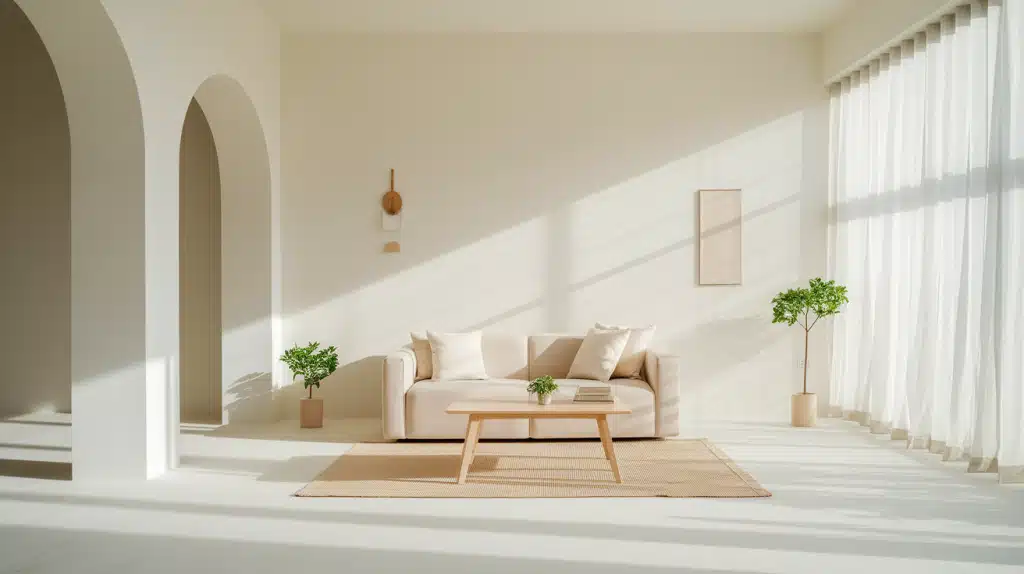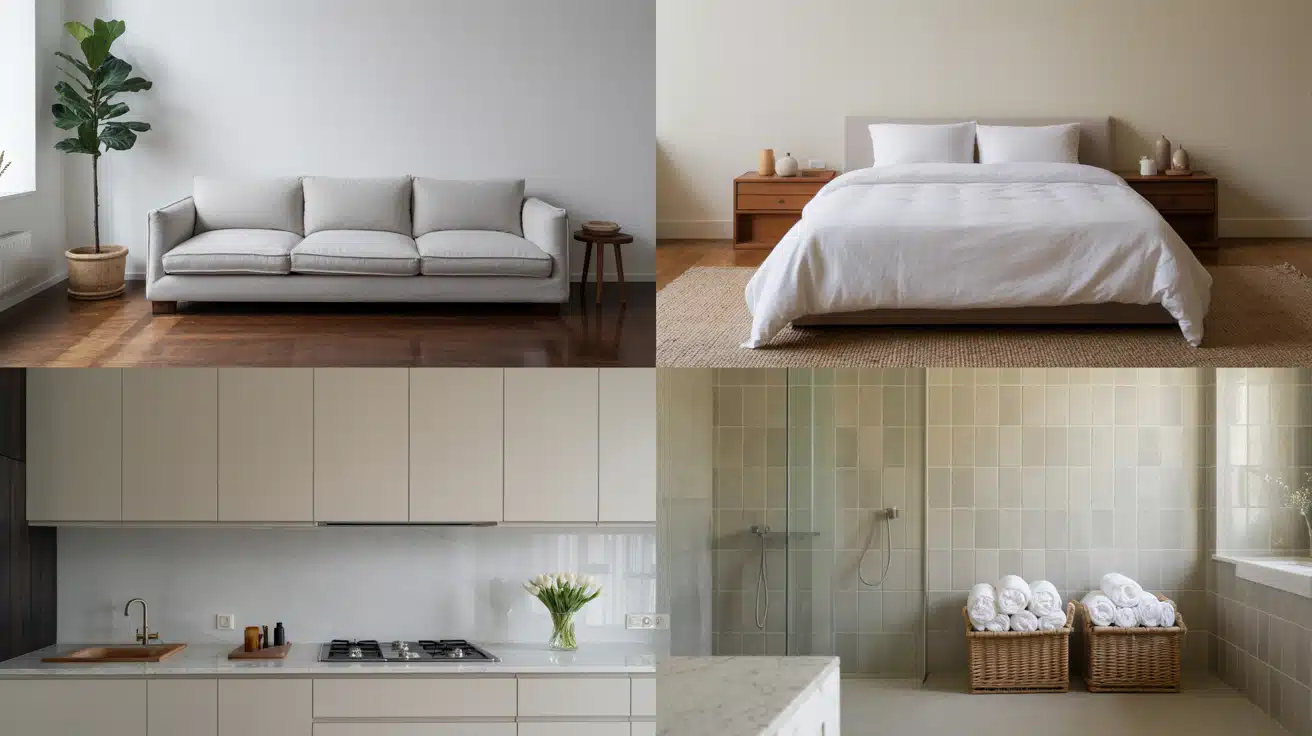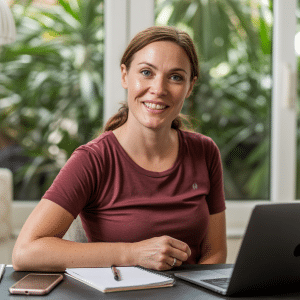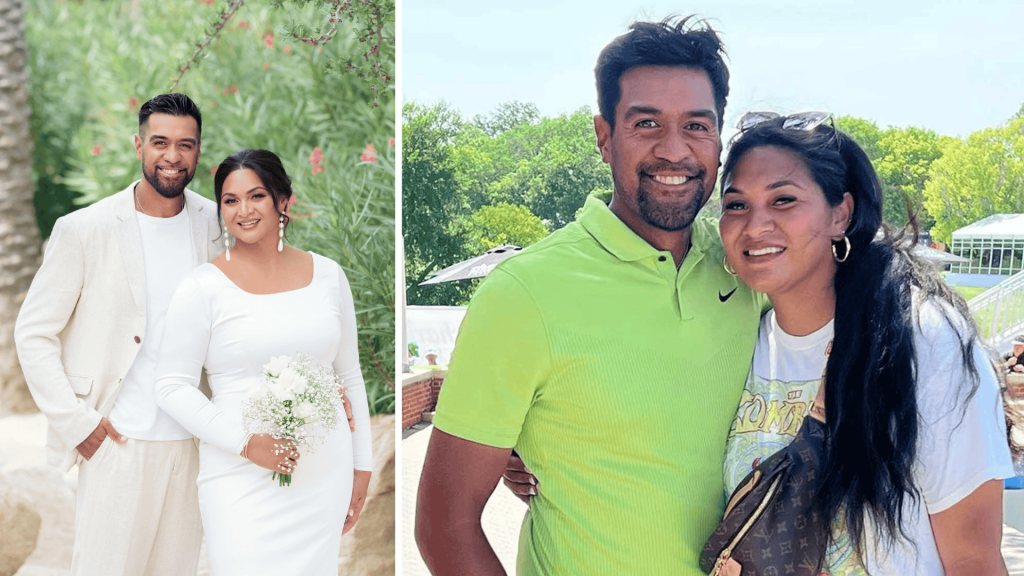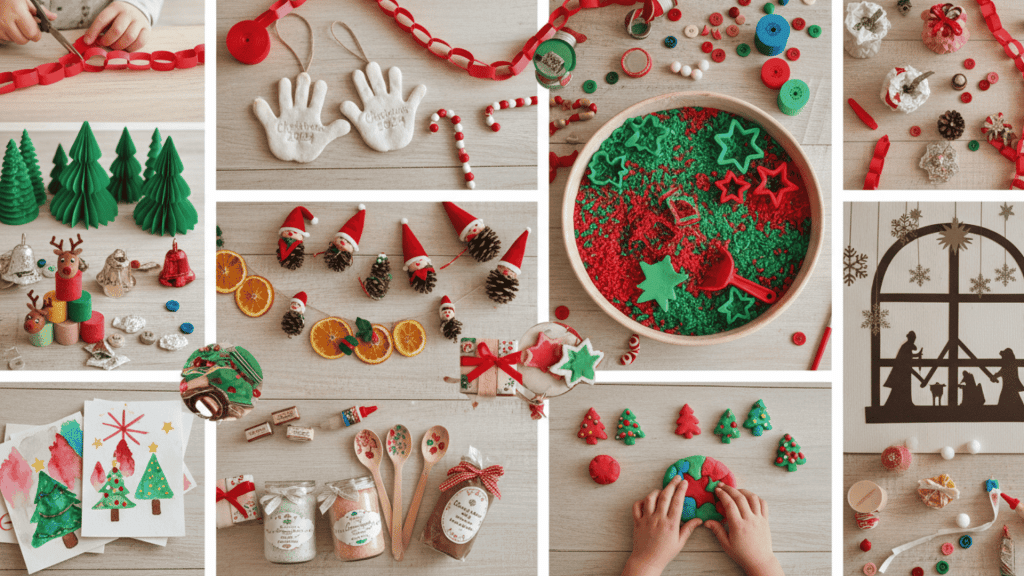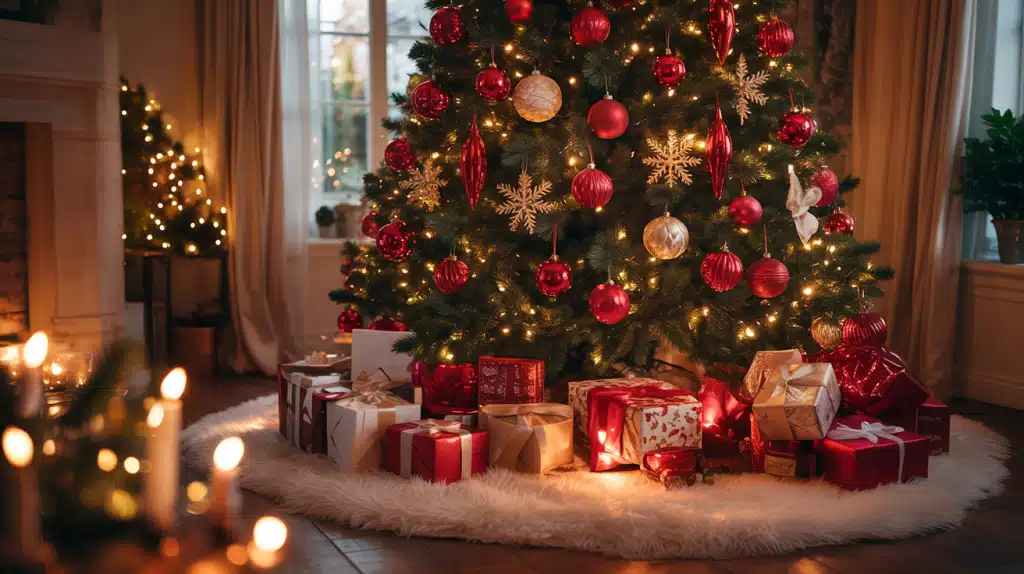Are you tired of feeling overwhelmed by stuff?
Do you spend hours cleaning and organizing, only to feel stressed again the next day? Many people struggle with clutter and the constant pressure to buy more things.
Minimalism offers a fresh approach to life. It’s about keeping only what adds value to your life. This lifestyle can reduce stress, save money, and give you more time for what truly matters.
In this blog, I’ll show you how to begin your minimalist journey. You’ll learn practical steps to reduce clutter and create a peaceful home.
This guide will help you build a life with less stuff and more happiness.
What Is Minimalism and Why Does It Matter?
Minimalism is a lifestyle that focuses on owning fewer possessions. The goal is to keep only items that serve a purpose or bring joy.
This approach helps you focus on experiences, relationships, and personal growth rather than material possessions.
Key benefits of minimalism include:
- Less time spent cleaning and organizing
- More money in your bank account
- Reduced stress and mental clutter
- Better focus on your goals and values
- More space in your home
- Freedom from constant shopping urges
Minimalism isn’t about having a specific number of items; it’s about having the right number of items.
One person might own 100 things, while another owns 300. The important thing is that everything you keep has meaning and purpose in your life.
Getting Started: Your First Steps to Minimalism
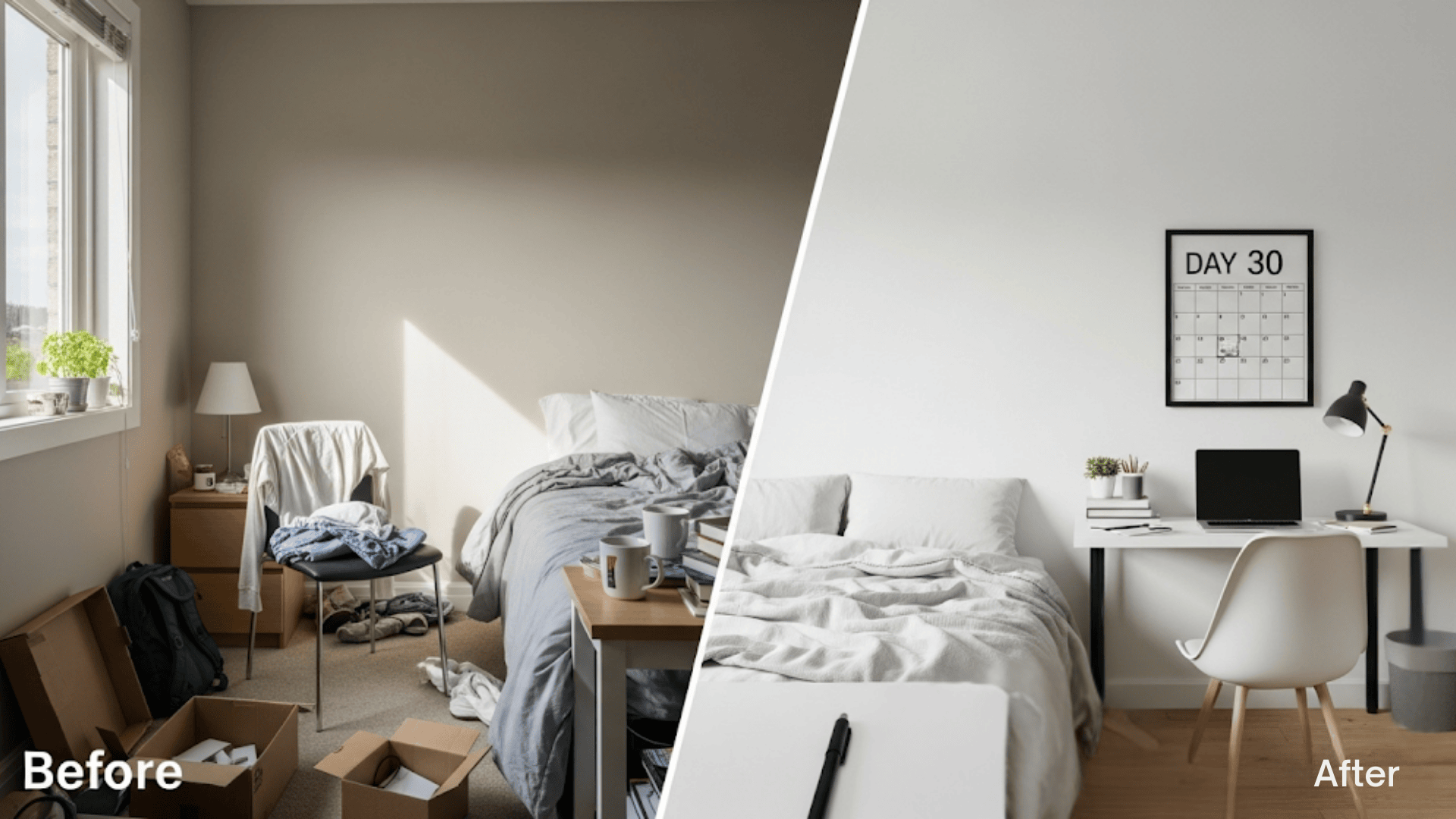
Starting your minimalism path doesn’t require huge changes overnight. Small steps are more effective and help create lasting habits.
Step 1: Choose One Room
Start with the easiest room in your house. This might be a bathroom, closet, or guest room. Working in a small space helps you see quick results and builds confidence.
Step 2: Use the 30-Day Rule
Before buying anything non-essential, wait 30 days. Write down what you want to buy and the date. After a month, check if you still want or need it. You’ll be surprised how often the urge passes.
Step 3: Try the One-In-One-Out Method
When you bring something new home, remove one similar item from your collection. Buy a new shirt? Donate an old one. This prevents clutter from building up again.
Step 4: Start Small
Begin with obvious items you don’t need:
- Expired products
- Broken items you won’t fix
- Clothes that don’t fit
- Books you’ll never read again
- Kitchen gadgets you never use
Pro Tip: Set a timer for 15 minutes and see how much you can sort through in that time. Short sessions prevent feeling overwhelmed.
How to Reduce Your Possessions the Right Way?
The key to successful minimalism is being thoughtful about what you keep and what you let go.
The Keep, Donate, Sell, Trash Method
- Keep: Items you use regularly or love, Daily clothing, and essential kitchen tools
- Donate: Good condition items you don’t need, Clothes that don’t fit and books you won’t read again
- Sell: Valuable items worth the effort, Electronics in working condition, and designer items
- Trash: Items that can’t be donated or sold, Worn-out clothing, and broken items beyond repair
Questions to Ask About Each Item
When deciding what to keep, ask yourself:
- Have I used this in the past year?
- Does this item make my life easier or better?
- Would I buy this again today?
- Do I have something else that serves the same purpose?
- Does this fit my current lifestyle and goals?
If you answer “no” to most questions, it’s probably time to let the item go.
Creating Minimalist Spaces in Your Home
Once you’ve reduced your possessions, focus on organizing what remains in a clean, functional way.
1. Living Room Minimalism
Keep surfaces clear of random items and choose furniture that serves multiple purposes.
Limit decorative items to a few meaningful pieces and use storage that hides clutter. Stick to a simple color scheme for a calm, cohesive look.
2. Bedroom Minimalism
Make your bed daily for instant visual calm and keep nightstands clear except for essentials.
Store clothes properly in closets or drawers, and choose quality bedding over quantity. Remove electronics for better sleep and create a peaceful environment.
3. Kitchen Minimalism
Keep counters clear for easy cleaning and store items near where you use them most often.
Own one good version instead of multiple cheap ones and display only the items you use daily. Clean as you cook to prevent buildup and maintain a clean and organized kitchen.
4. Bathroom Minimalism
Use containers to group similar items and keep only products you actually use. Replace multiple products with multi-use ones when possible and store items in cabinets instead of on counters.
Maintain a regular cleaning routine to keep your space fresh and organized.
Building Minimalist Habits for Long-Term Success
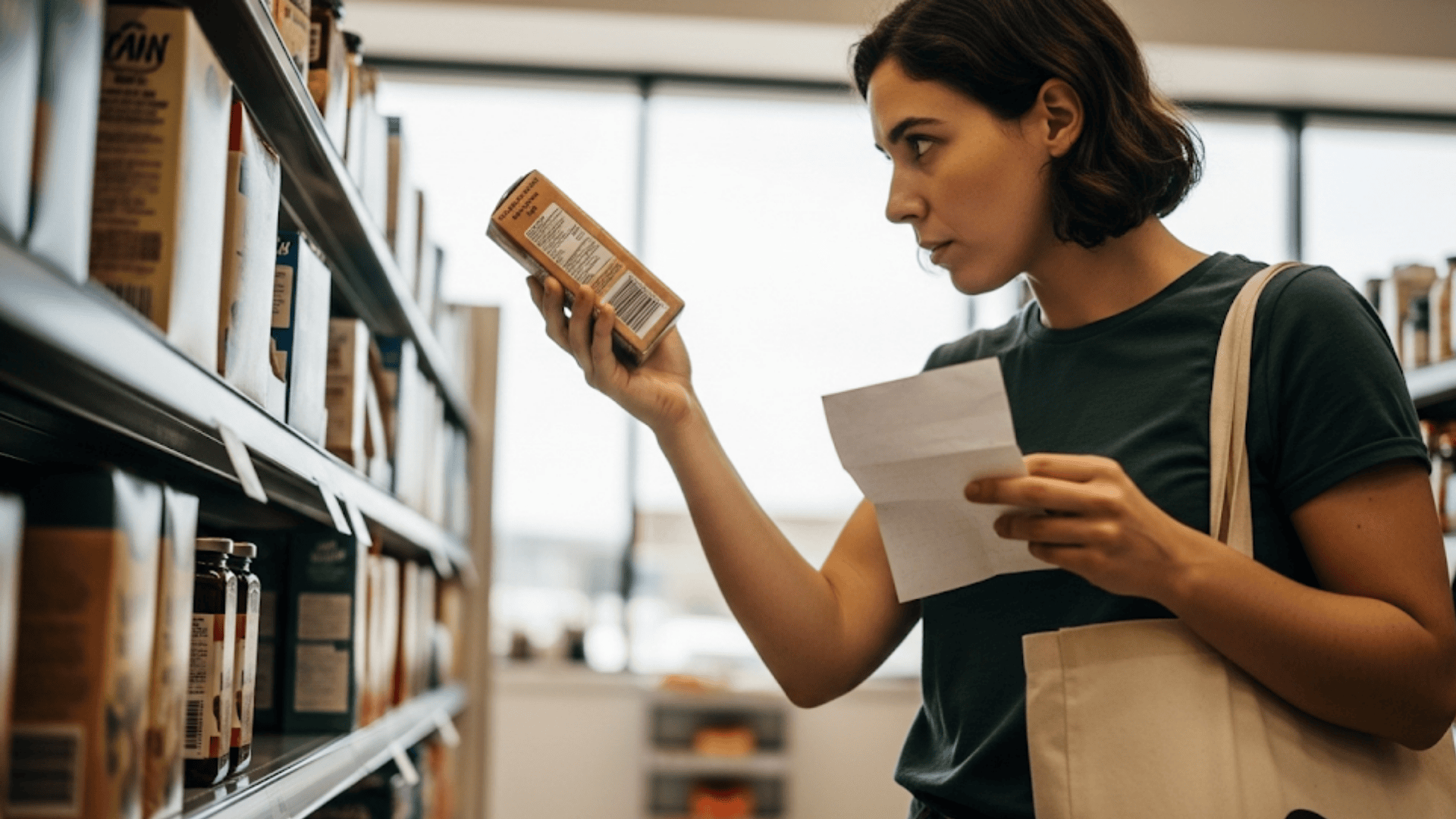
Minimalism is most effective when it becomes an integral part of your daily routine. These habits will help you maintain your progress.
Daily Habits
- Morning: Make your bed and clear surfaces
- Evening: Put items back in their designated places
- Before bed: Do a 5-minute pickup of common areas
- When leaving rooms: Take something that doesn’t belong with you
Weekly Habits
- Monday: Plan meals to avoid food waste
- Wednesday: Quick closet check – remove items that don’t fit
- Friday: Clear out your car and work bag
- Sunday: Review purchases from the week
Monthly Habits
- First weekend: Check one room for items to donate
- Mid-month: Review subscriptions and cancel unused ones
- Month-end: Evaluate new purchases, were they necessary?
Mindful Shopping Tips
- Shop with a list and stick to it
- Ask “Where will this live in my home?”
- Consider cost per use, not just purchase price
- Buy quality items that last longer
- Avoid shopping when emotional or bored
Minimalism Mistakes and How to Avoid Them
Learning from common mistakes helps you build a sustainable minimalism practice that lasts.
| Mistake | Problem | Solution |
|---|---|---|
| Getting Rid of Everything Too Fast | You donate items you later need and have to rebuy them | Start slowly and live with less for a few weeks before making final decisions |
| Focusing Only on Stuff | You reduce possessions but ignore digital clutter and commitments | Apply minimalism thinking to all areas of life, including your calendar |
| Making It a Competition | You worry about having fewer items than other minimalists | Focus on what works for your life, not what looks good on social media |
| Ignoring Family Members | You try to minimize other people’s belongings without consent | Lead by example with your own items and share the benefits you’ve experienced |
| Buying “Minimalist” Products | You spend money on special organizers or minimalist-branded items | Use what you have first; most organizations can be done with existing items |
The Bottom Line
Starting a guide to a minimal lifestyle doesn’t require perfect execution from day one.
Small, consistent changes lead to big improvements in how you feel about your space and your life. Focus on keeping items that add value and let go of things that create stress.
The benefits extend beyond having a cleaner house. You’ll save time on cleaning, spend less money, and create space for experiences that truly matter.
Minimalism helps you focus on what truly brings happiness, rather than temporary satisfaction from buying things.
What area of your home feels most overwhelming right now? Which room do you think would be the best place to start your minimalism practice?

